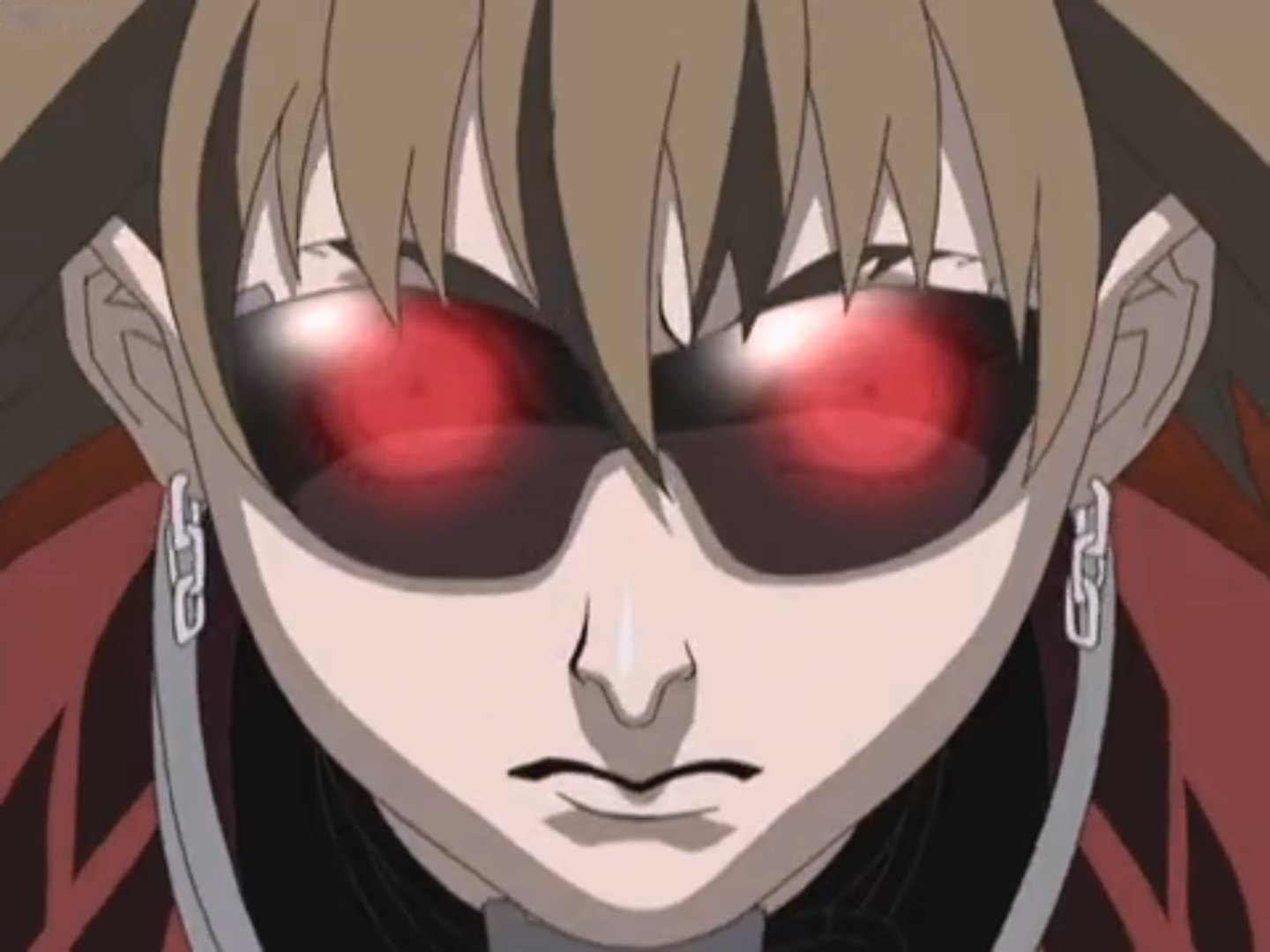Armitage III: Dual Matrix
It is said that a blogger's reputation largely depends on their most recent post. Similarly, anime fans are known to be an inconsistent group whose opinions change quickly. Every viewer has their favorite shows and franchises they keep returning to because they know they will always enjoy them. The best part is that this varies with age and open-mindedness, and having plenty of both means having more to cherish. One such anime that many fans adore is Armitage III.
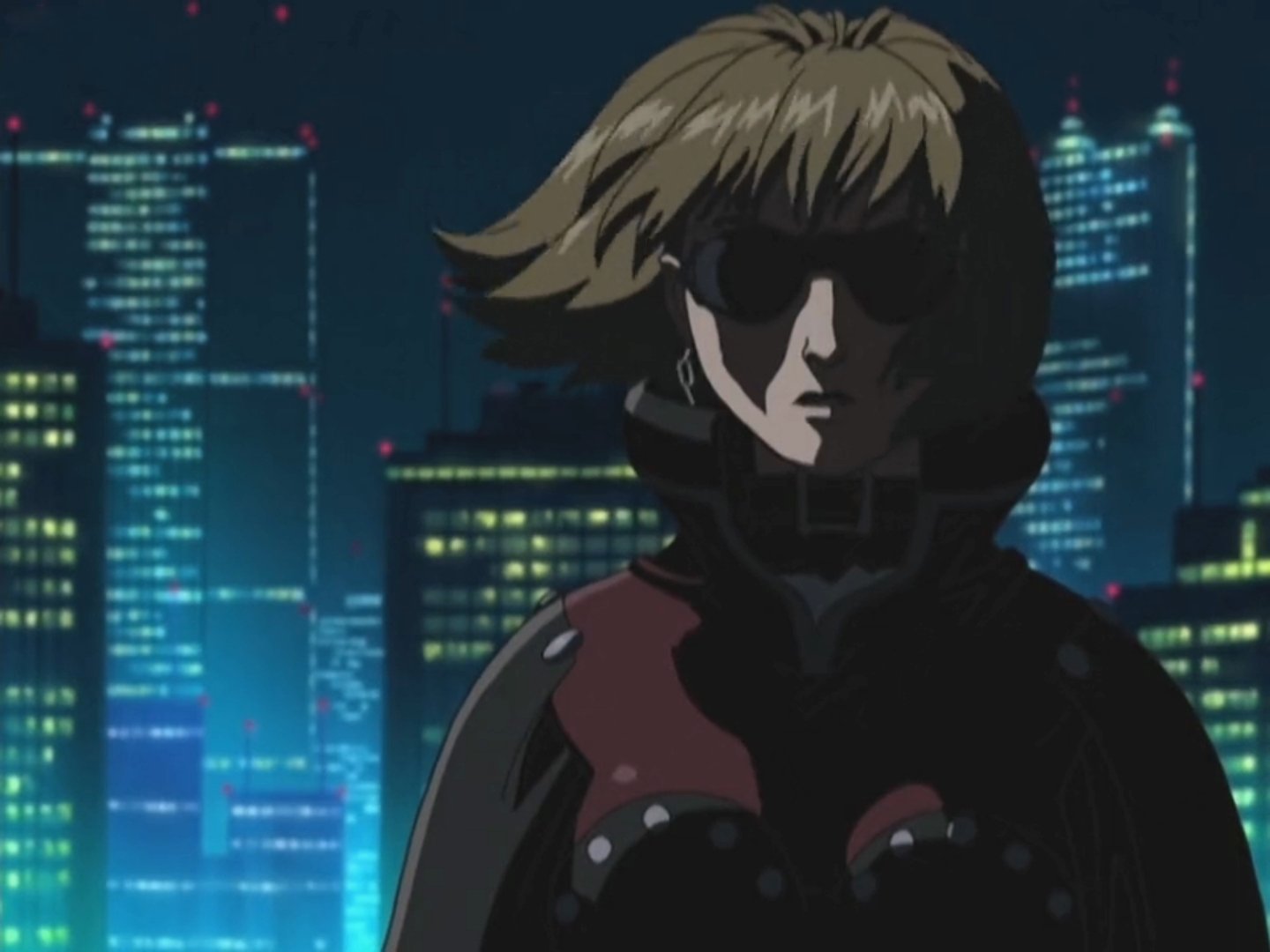
Despite my reservations, the original Armitage III and its cinematic full-length sequel, Armitage III: Poly-Matrix, still merit a prestigious spot in the Cyberpunk canon. With this lingering delight, I turn to Armitage III's final crown jewel, “Dual Matrix.”
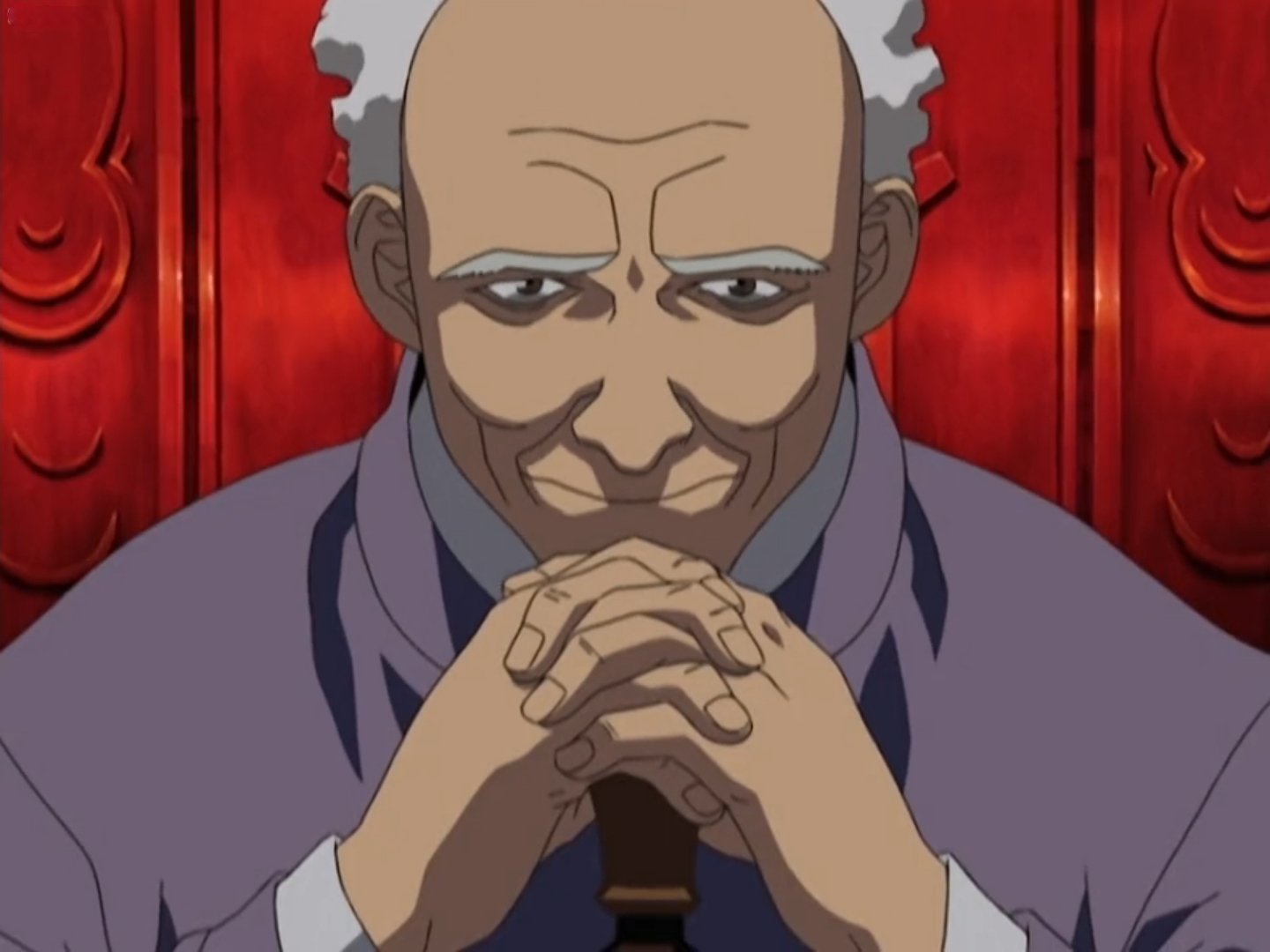
Chiaki J. Konaka, master of all things strange, is still a part of this cinematic delight, and if the humanoid cyborgs that can get pregnant make you feel uneasy and bothered, you can thank him for that. His manga lives on, though he is not a part of the screenplay on this trip. Where it only took two screenwriters, him and Akinori Endo, on the first trip, this time around, we have three, yes, three screenwriters on this trip: Hideki Kakinuma, Nahoko Hasegawa, and Satoshi Wada.
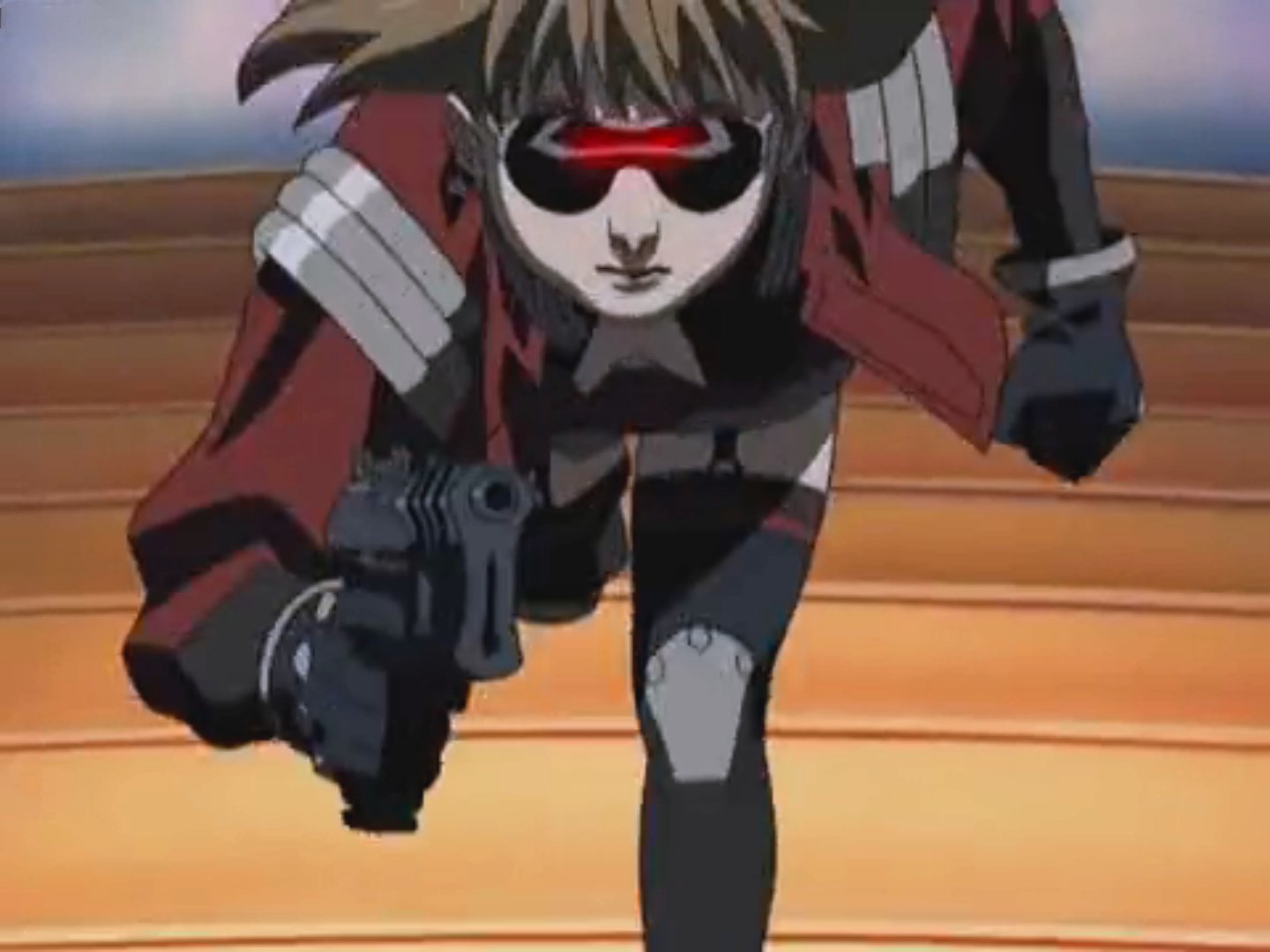
Besides Hideki Kakinuma, who did mechanical designs for Megazone 23 and Genesis Climber Mospeada, among many other mecha anime, I am trying to figure out why it took three writers to make a movie that runs for 90 minutes. Interestingly, the twigs and berries from both animes were cloned for use in the various Robotech products.
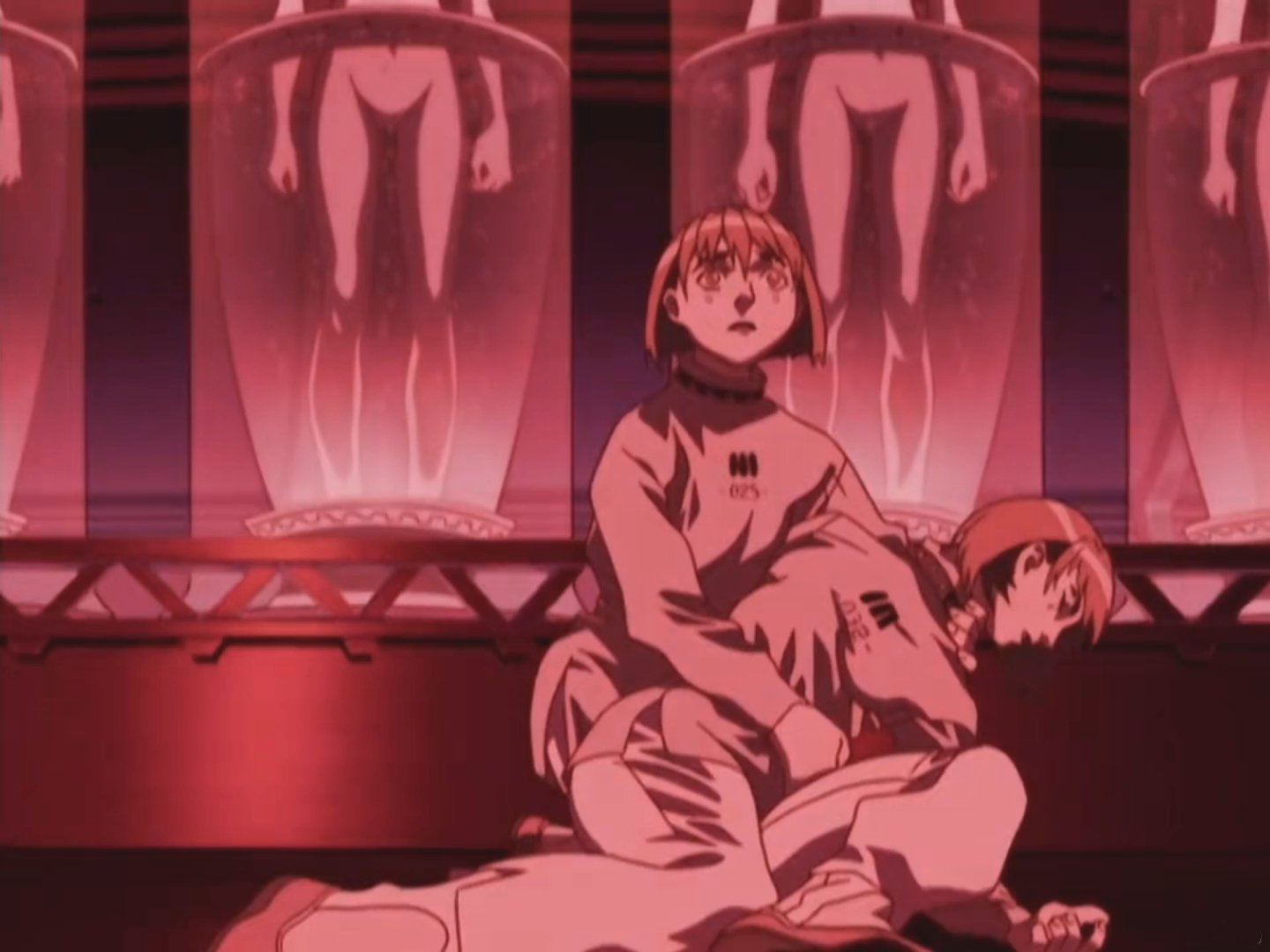
So, here it is, for those who may have forgotten: the plot of Armitage III. The year is 2046. When a country singer on Ross Sylibus's flight is murdered, he is transferred to Mars to investigate. The fact that the singer is a robot designed to pass for a human adds more complexity to the situation. Armitage, a stunning female officer with a bad attitude, is Sylibus's partner. While looking into the murder of the singer and other women on Mars, they uncover a conspiracy that could lead to their deaths, especially after Armitage is revealed to be a Third, along with everyone else.
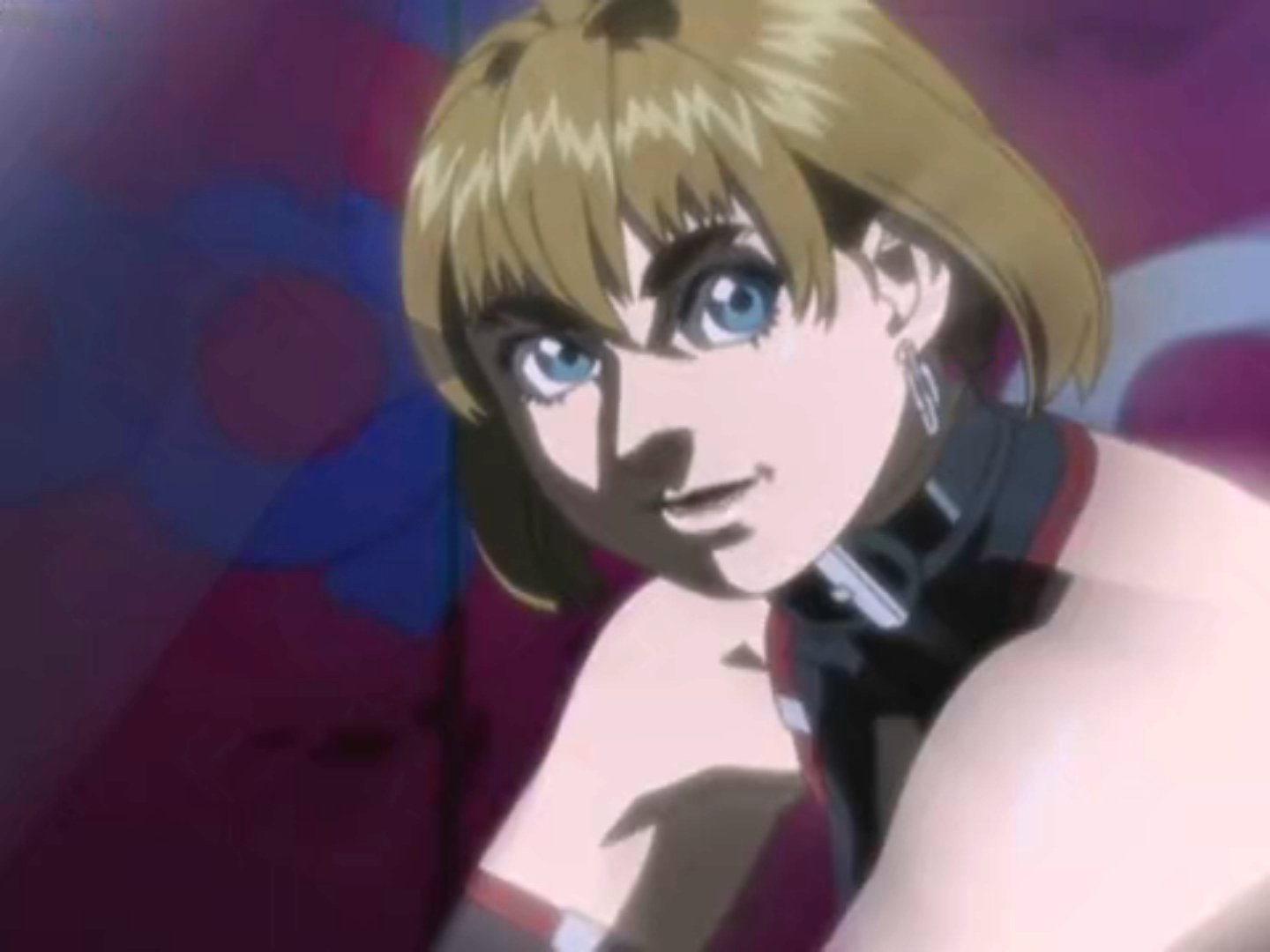
The "Dual Matrix" events occur a few years after the first installment. Naomi Armitage and Ross Syllabus began a family only a few years after their first meeting. Despite their everyday lives, they must conceal their identities because many people believe that robots should not be treated equally with humans. Ross has the opportunity to abolish these ideas on Earth through a vote, but organizations in the shadows are working to prevent it.

Because Naomi Armitage has a child, do not assume this anime will go the way of Spy x Family or The Yakuza’s Guide to Babysitting. After its initial action scene is set up, we get introduced to Yoko, the “tension child," born of a moment of passion between Ross and Armitage. I refer to her as the “tension child” because, like in most movies, the clothes come off when the action heats up, and Armitage III was no exception. It just does it without the time paradox: moving on.
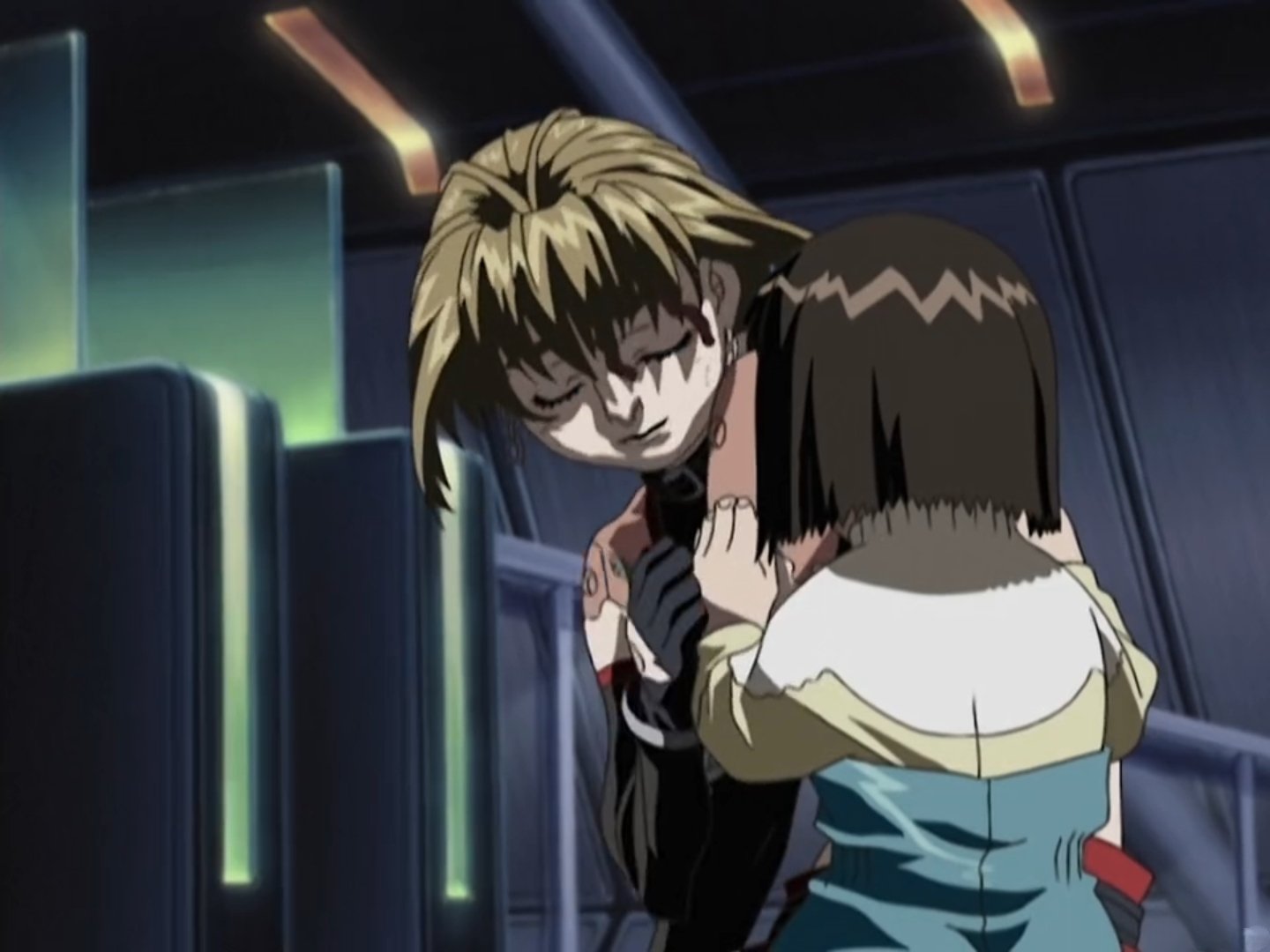
The point is, don’t expect “Susie Homemaker," at least not for long. That lovey-dovy stuff lasts mere minutes compared to the badassery we’ve come to love. Action is why we are here, and thanks to fast pacing, we get a double planet combo with Armitage on Earth and Ross on Mars.
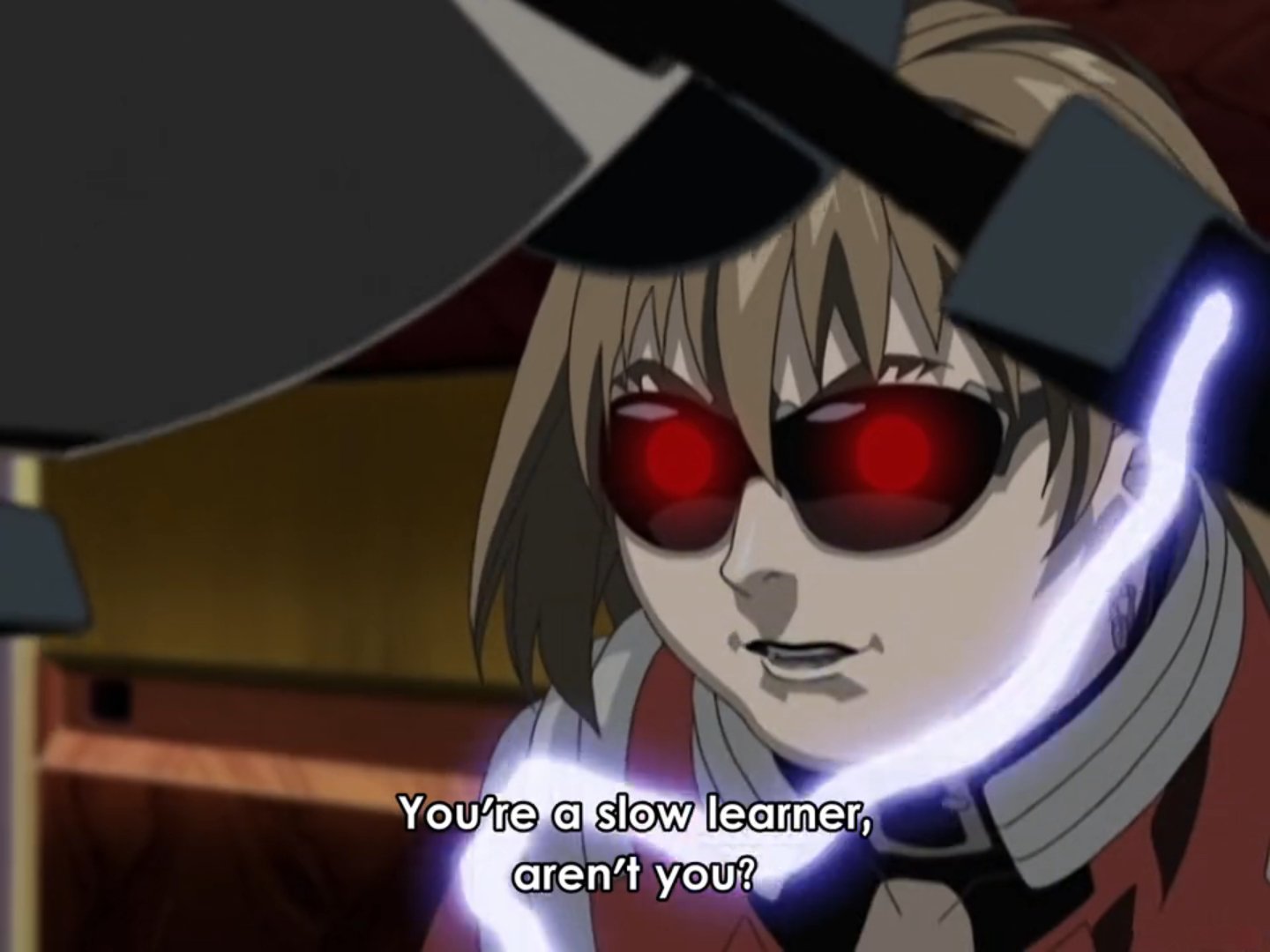
Armitage returns to Earth after celebrating her daughter Yoko's birthday. The recent attack on the Earth "Thirds" facility heightened her anxiety. Armitage is linked to the other Thirds and shares their perceptions because she represents the culmination of her father's work. Unfortunately, she returns at a time when the Earth is pushing for humanity first and an end to the notion that robots are sentient beings. The event known as the “First Error" is fresh in the minds of Earthlings and Martians and has upped the tension right as the Chicago Summit looms in the background. The summit will decide the future of robot rights.
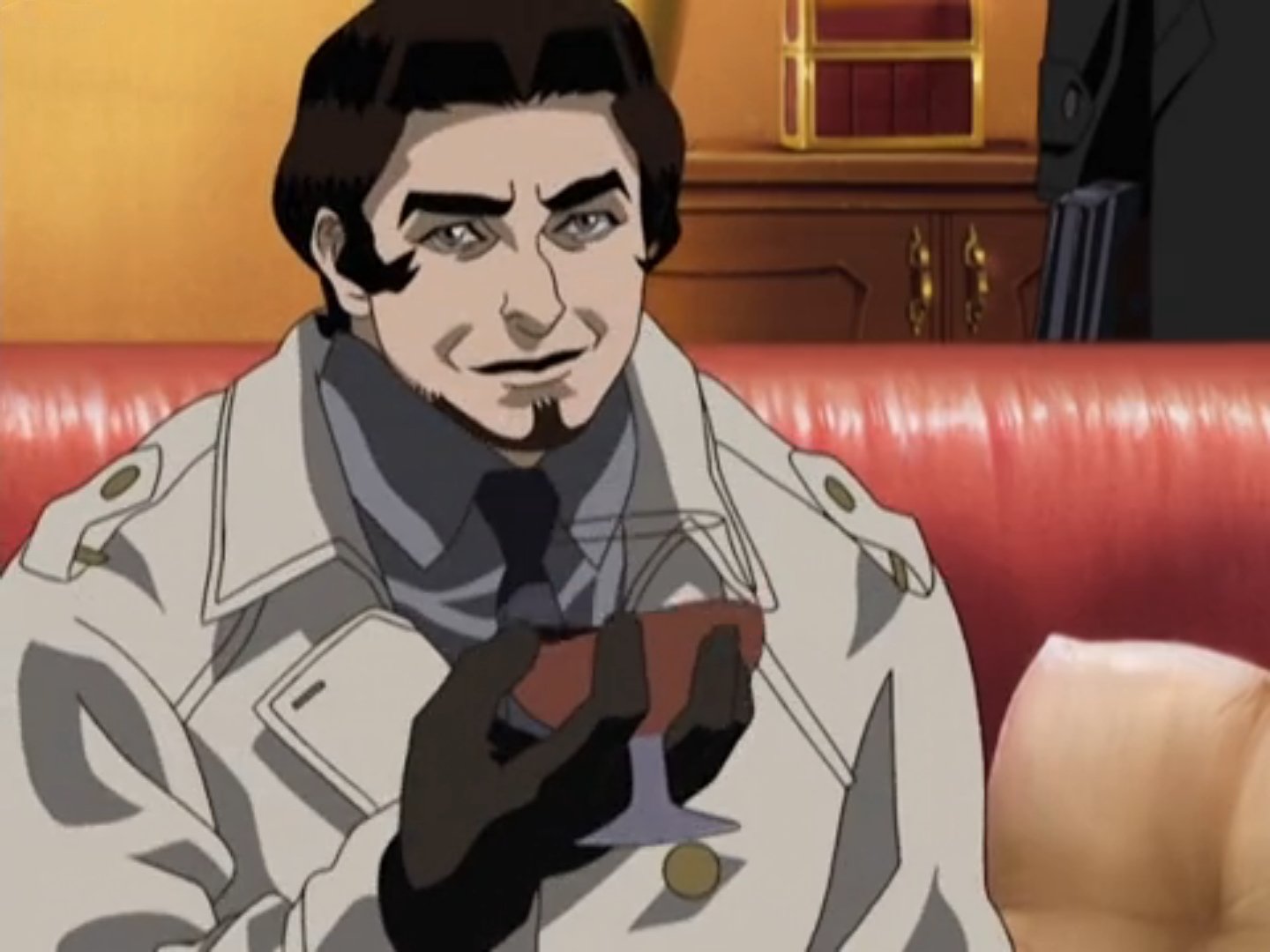
Frederick O'Hara of the Martian Development Foundation asks Ross, or Keven Oldman, as he is known currently, to attend the summit as a result of a series of events. As Ross became an outspoken supporter of robot rights, he was handed the duty of voting in support. So, like the good guy he is, Ross heads to Earth with Yoko in tow.
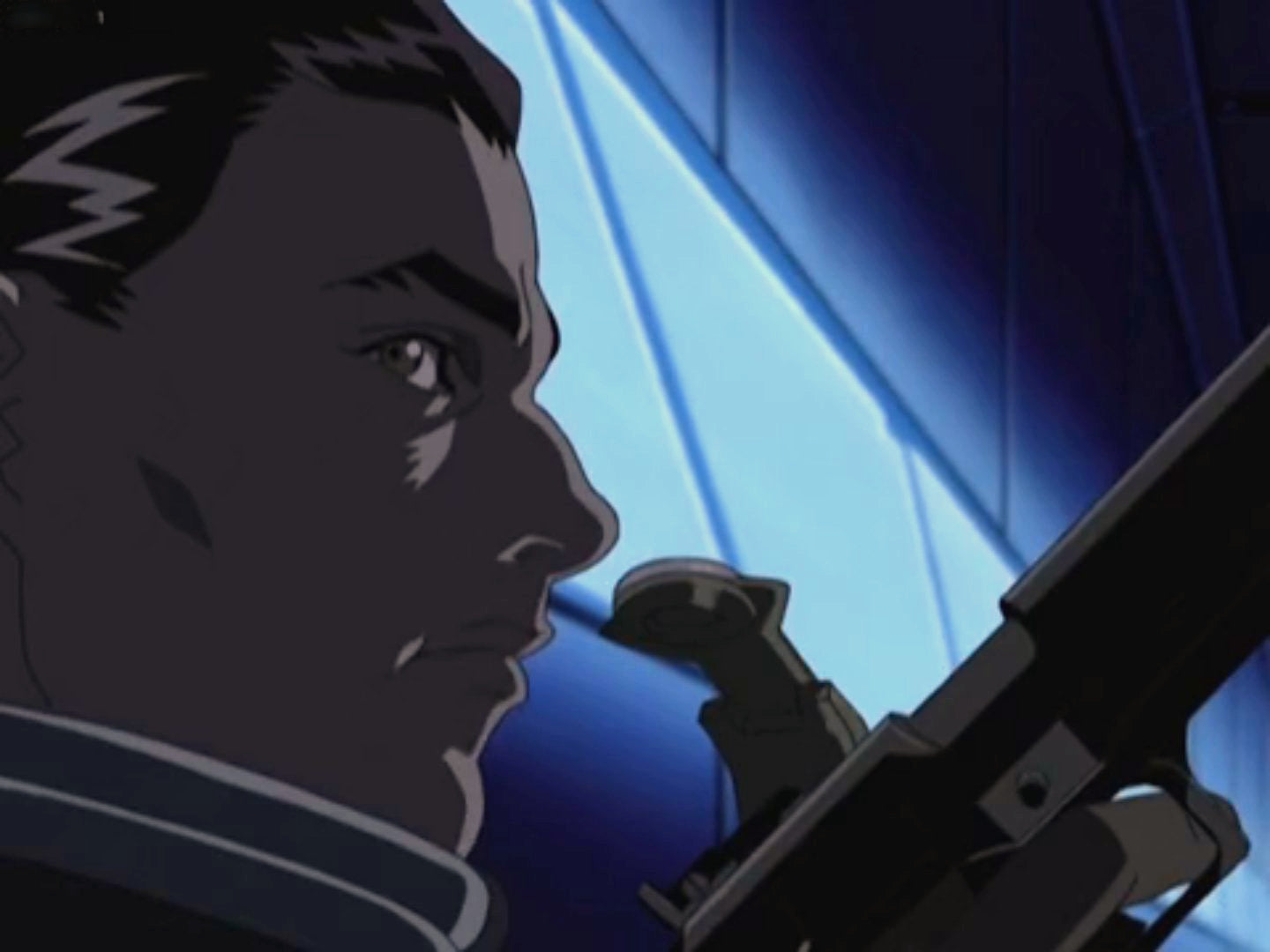
Now, it’s no secret that those in power know who Ross is. Additionally, the looming antagonist is aware of who Armitage is, as she is the key to his plan, which is nothing very intricate, just a scheme for making money through the usual megalomaniac means. Demitrio Mardini is our main antagonist with the familiar action movie tropes. Demitrio Mardini's motivation is to produce a vast number of mailable humans in the wombs of "Type III" androids like Armitage.
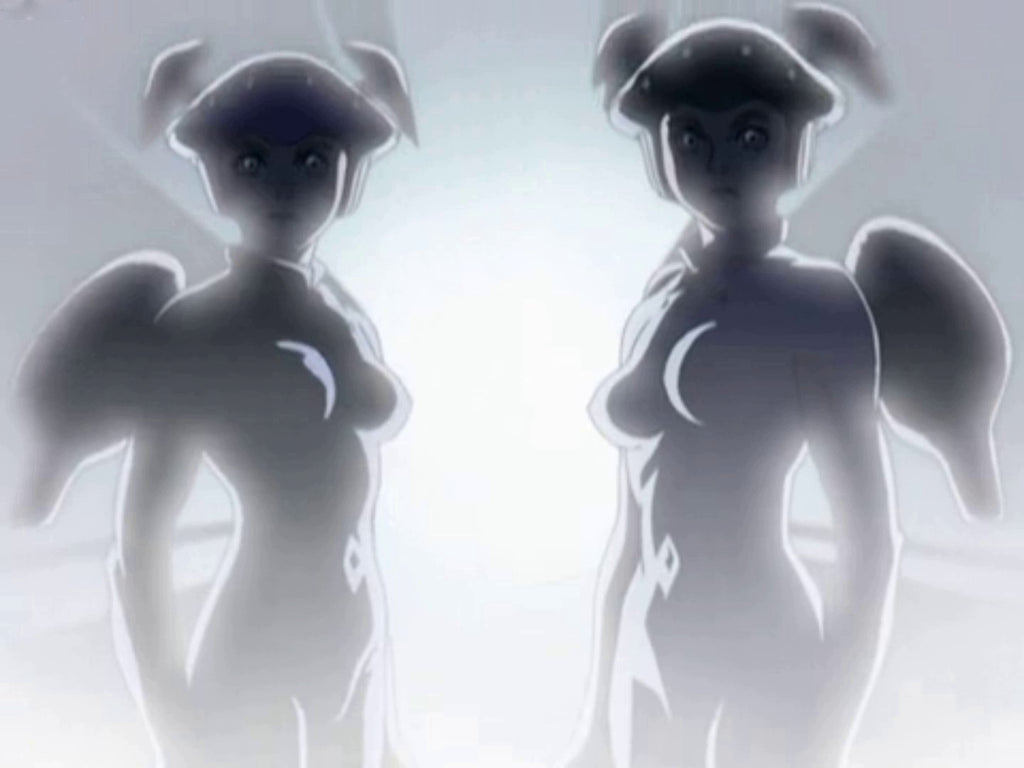
As you may have guessed, Naomi is a unique "Type III." Despite the powerful mecha fights that cause her to require repairs and have her memories copied by the eccentric "Mouse," as well as the kidnapping of Yoko, our antagonist fails to achieve their goal. However, this allows them to create two Replicas based on the Armitage model, setting up a climactic showdown that I will discuss when we get to the topic of the animation.
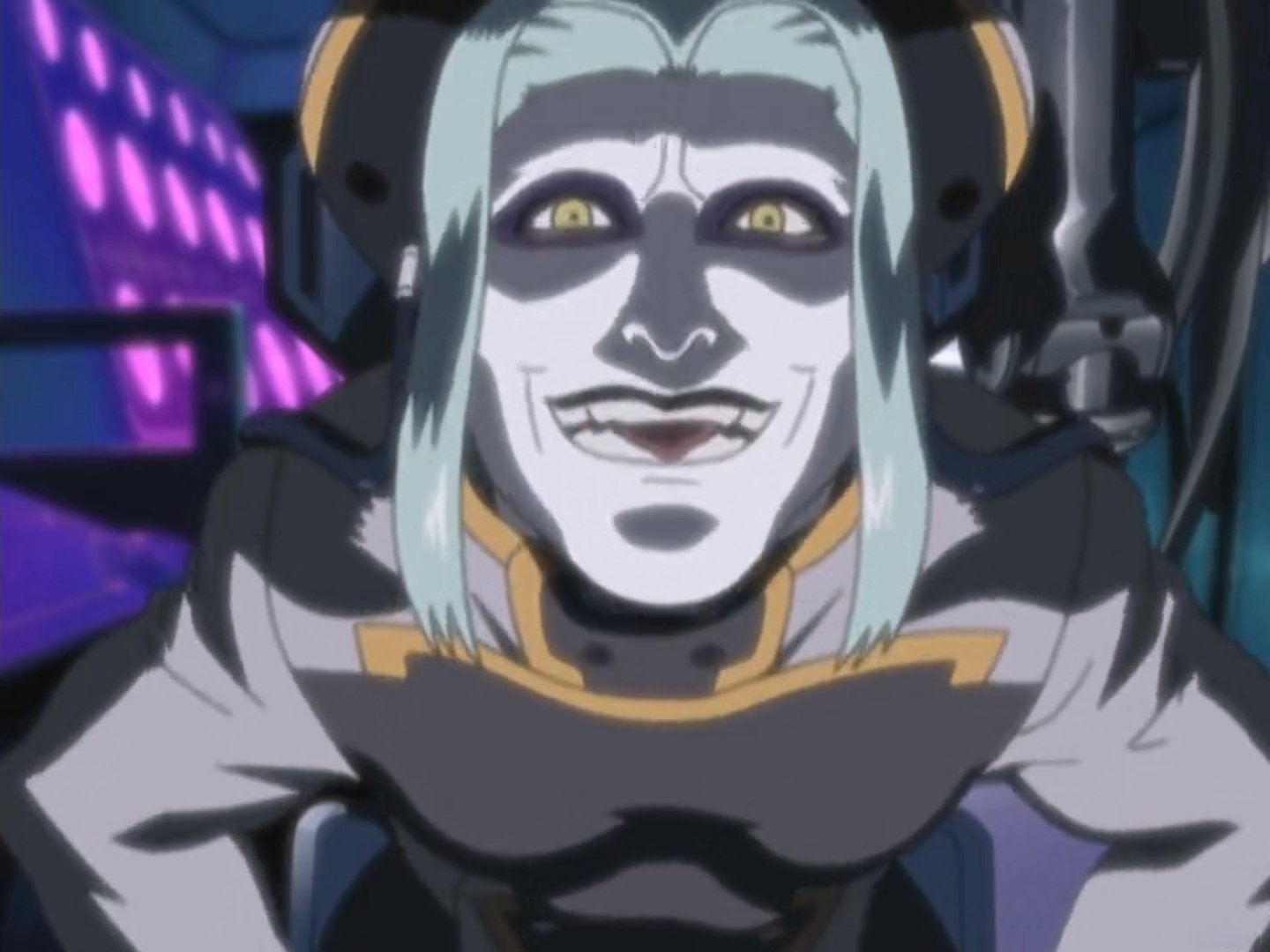
In the original Armitage III, Ross Sylibus has recently arrived from Chicago; he’s requested a transfer to the Martian Police Department. Sylibus hopes to venture away from the traumatic events of his past. A robot killed his police partner. He is scheduled to meet his partner, the attractive badass Naomi Armitage. Unfortunately, their meeting doesn’t go as planned as Kelly McCannon, dubbed “the last country singer in the universe,” is murdered. It is quickly learned that McCannon is a Third, and the hunt for the killer soon escalates after more women are killed.
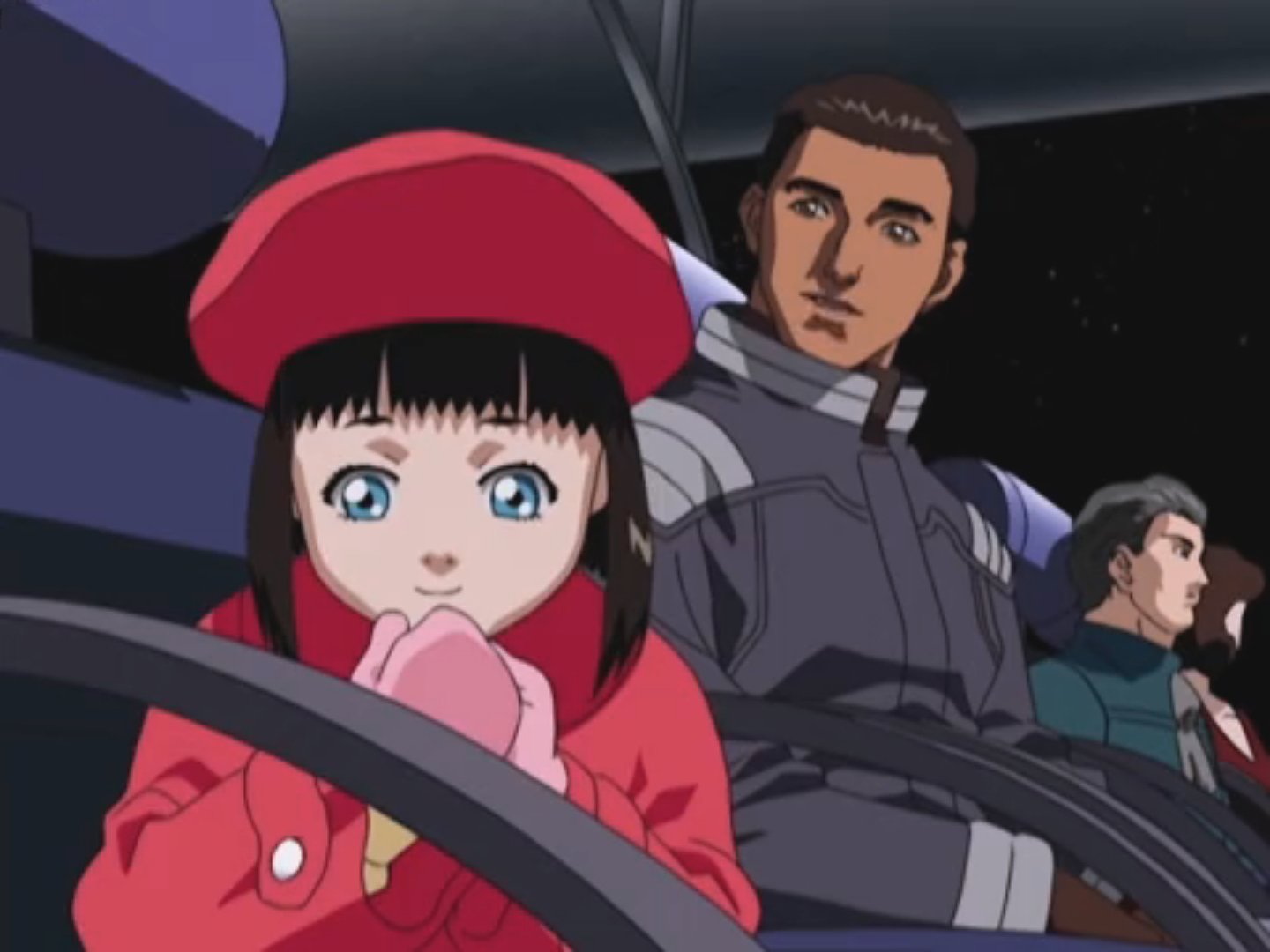
In the original work, the character growth was more or less balanced between the two main protagonists; for the second installment, Ross takes a minor role. Initially a police officer, he now works for Astro Technologies, a company seeking to restore oceans to Mars using ice asteroids. He is presented as a doting father.
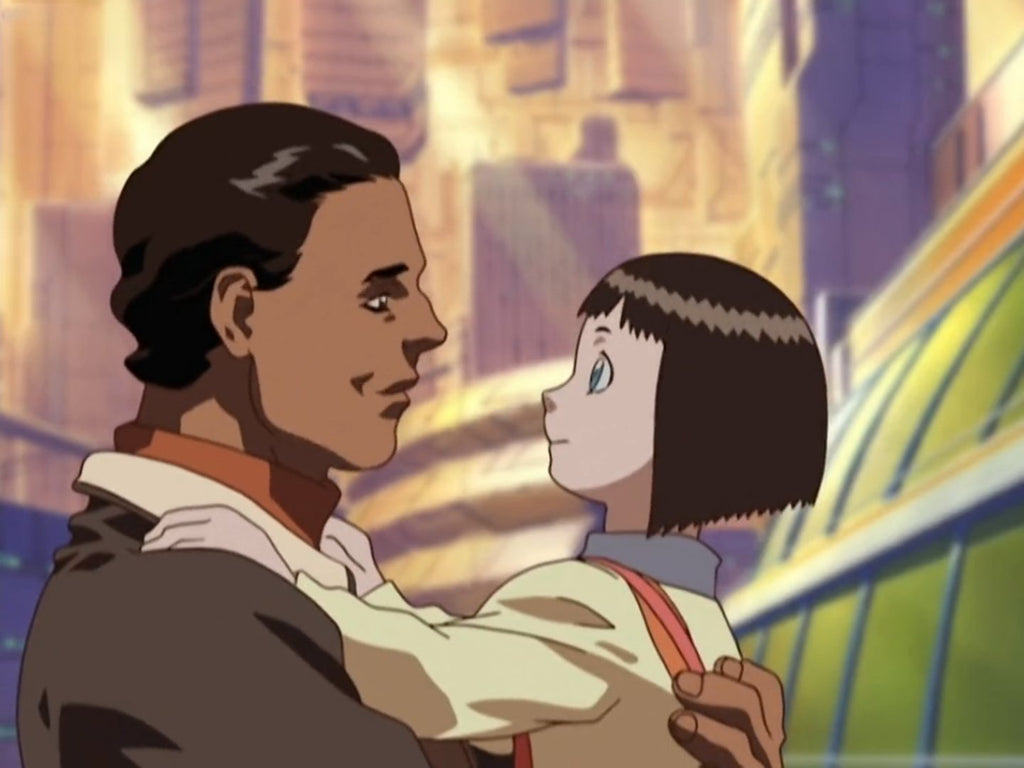
As seen throughout the anime, he is still an excellent fighter, but the charisma and backstory that made him an interesting character in the first installment are more or less gone. The same can be said for Naomi, who is no longer the raunchy, rebellious heroine we loved before the two became domesticated and embroiled in a more significant cause.
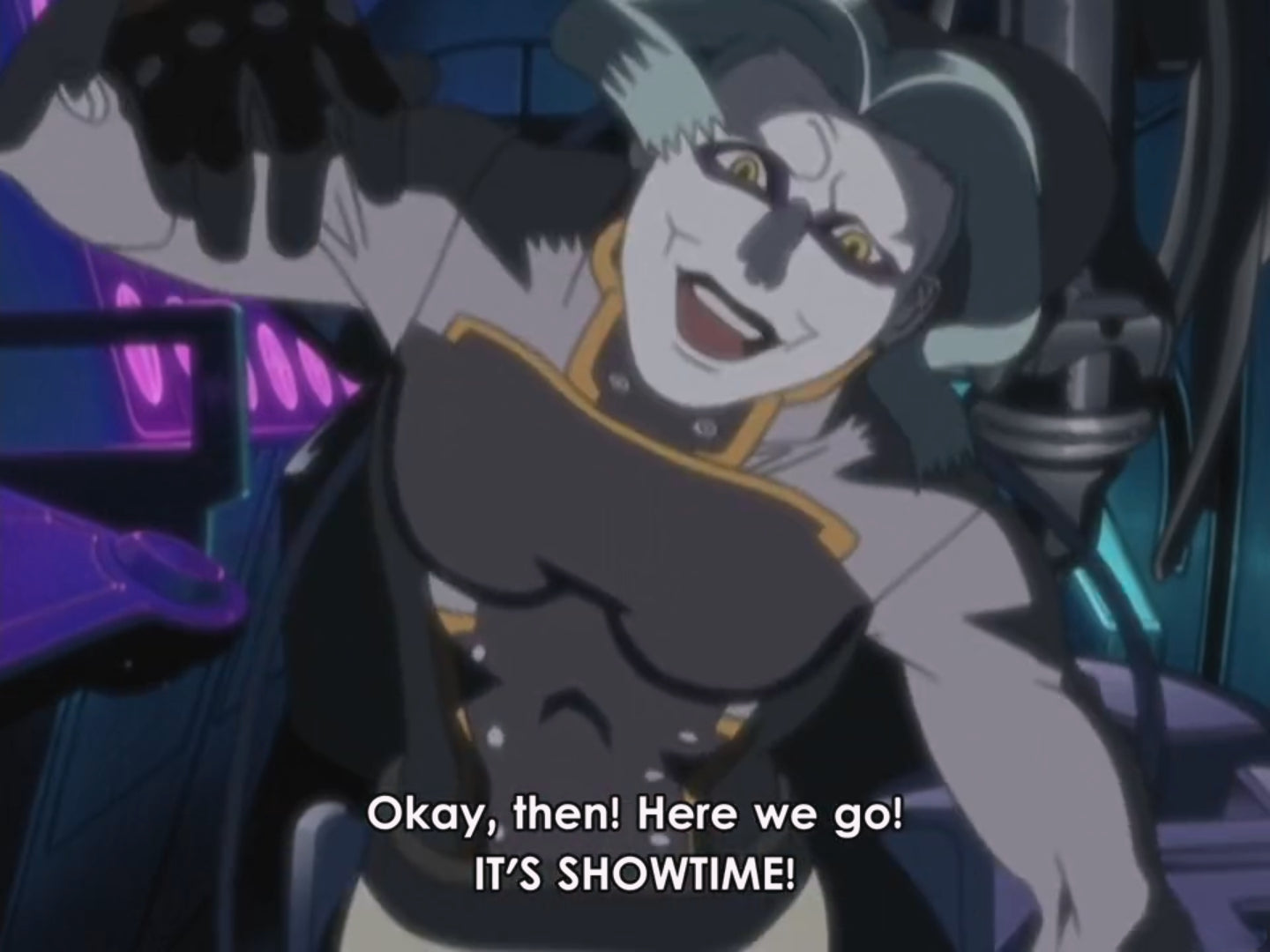
In their defense, the character shift began in Armitage III. Though they had better chemistry, the two have become distant as we move into “Dual Matrix.” Despite being a mother, Armitage struggles with acceptance from her daughter, especially when it’s discovered that she is part machine. This dynamic is illustrated, but it felt rushed and underdeveloped due to time. These issues change, though, during the beach scene in the movie's final moments. It is still apparent in her body language that there is still some uncertainty concerning the future.

Part of why the show needs improvement is the need for a potent antagonist. In the first series, René D'anclaude was a perfect antagonist. His motivations were well-defined, and they challenged the main characters, making them stronger. However, we don't see the same level of impact with Colonel Strings or Demetrio Martini. While they play essential roles, they lack the special punch that keeps the audience engaged. After all, that's why we watch the show—for the excitement and intensity.
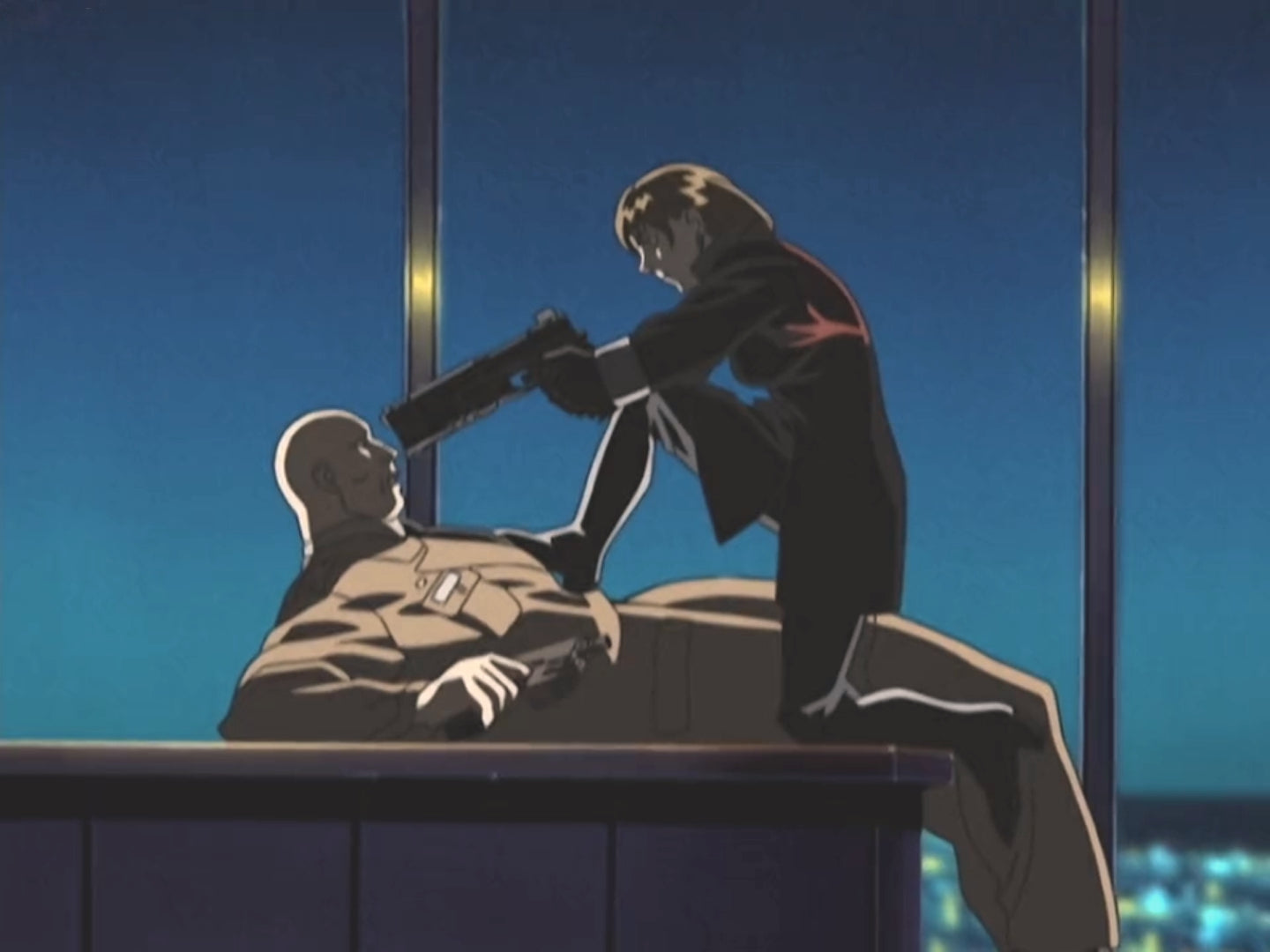
AIC animated "Armitage III: Dual Matrix." Makoto Furuta was the chief animator, and Misao Abe handled character designs. The animation is fine for the most part, though I found the dark shading a bit overdone, especially when watching in bright lights. It may be the aging of the anime, but this is definitely a low-light viewing. Like in the original, I felt immersed in the world, and I was deeply impressed with the cyber-shop scene when Armitage went online to reach out to her brother Jullian, who has become a part of cyberspace. There is a nod to Ghost in the Shell, using green and blues along the corporate buildings.

There is little to say about the character designs in Dual-Matrix. Other than Armitage, no character stood out. I miss Hiroyuki Ochi and the punk bdsm aesthetic of the original. Dual-Matrix played it safe, showing a toned-down world. I was disappointed by the poorly designed Replicas. Their fight scene with Armitage was bare, and the runtime padding was unnecessary. However, it was cool to see Armitage go all out. It makes me wonder: if I say "Heaven's Door," would I unlock some secret power?

Although Armitage III: Dual-Matrix may not have the same level of depth as the original, it is still worth watching. I am disappointed that the anime will not continue since it has a unique story. Despite Chiaki Konaka's absence, the continuation is well-done. However, if he were still involved, the narrative of third-type androids, who were designed to have children to increase the Martian population, may not have been understated. Additionally, the fact that a feminist government ruled Earth and most of the men were being sent to Mars would have been more prominent.
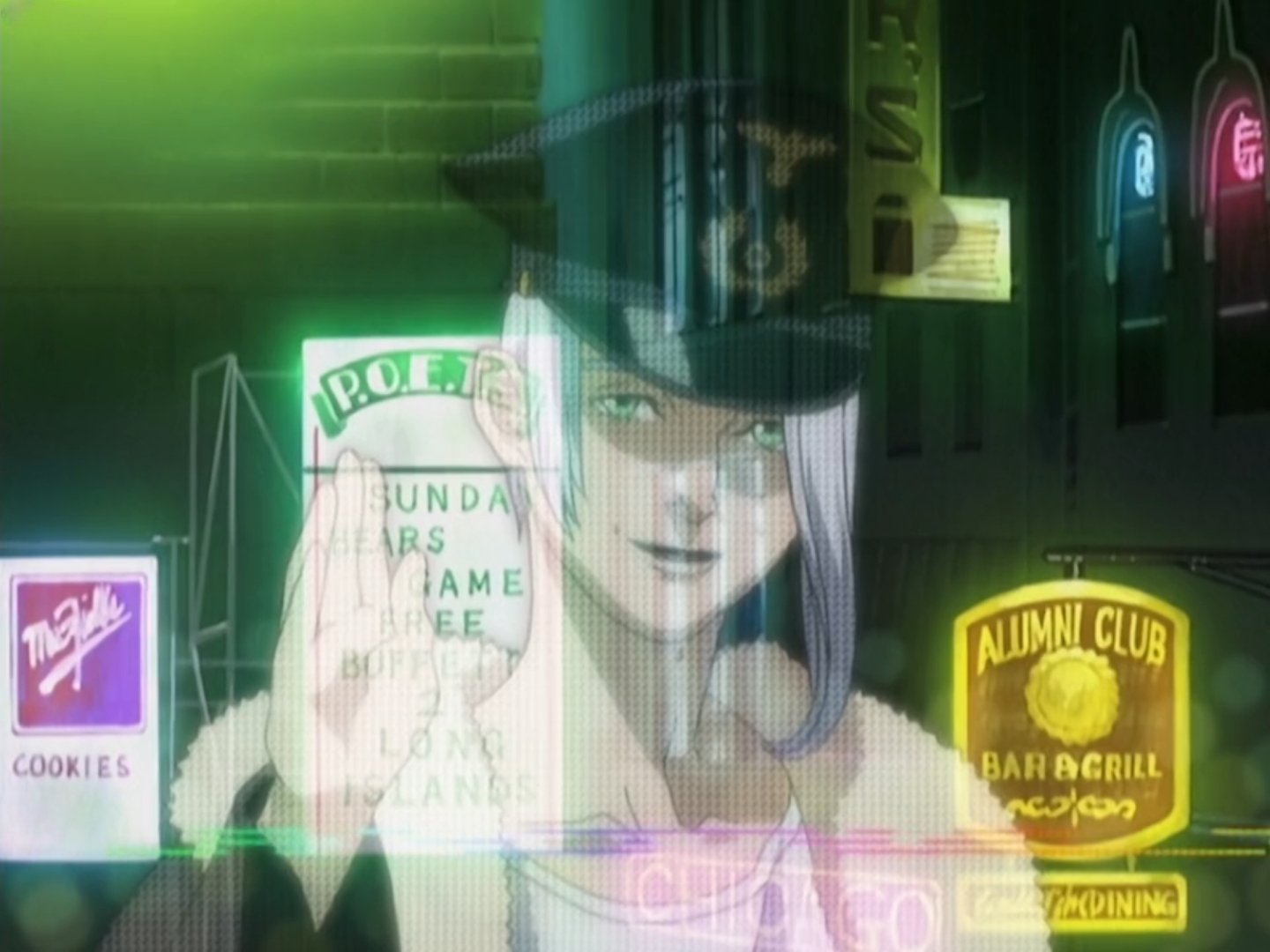
Although those are some potential points of contention for Western audiences, this story arc's strong plots would have successfully catered to its audience. The theme of robot rights and sentience could have added another layer to the plot, building to a possible showdown between Earth and Mars. Nonetheless, "Armitage III: Dual Matrix" builds on the original series by emphasizing character development and exploring themes like humanity and equality. While some viewers prefer the first film, others enjoy the sequel for its mature portrayal of the characters and its engaging plot.
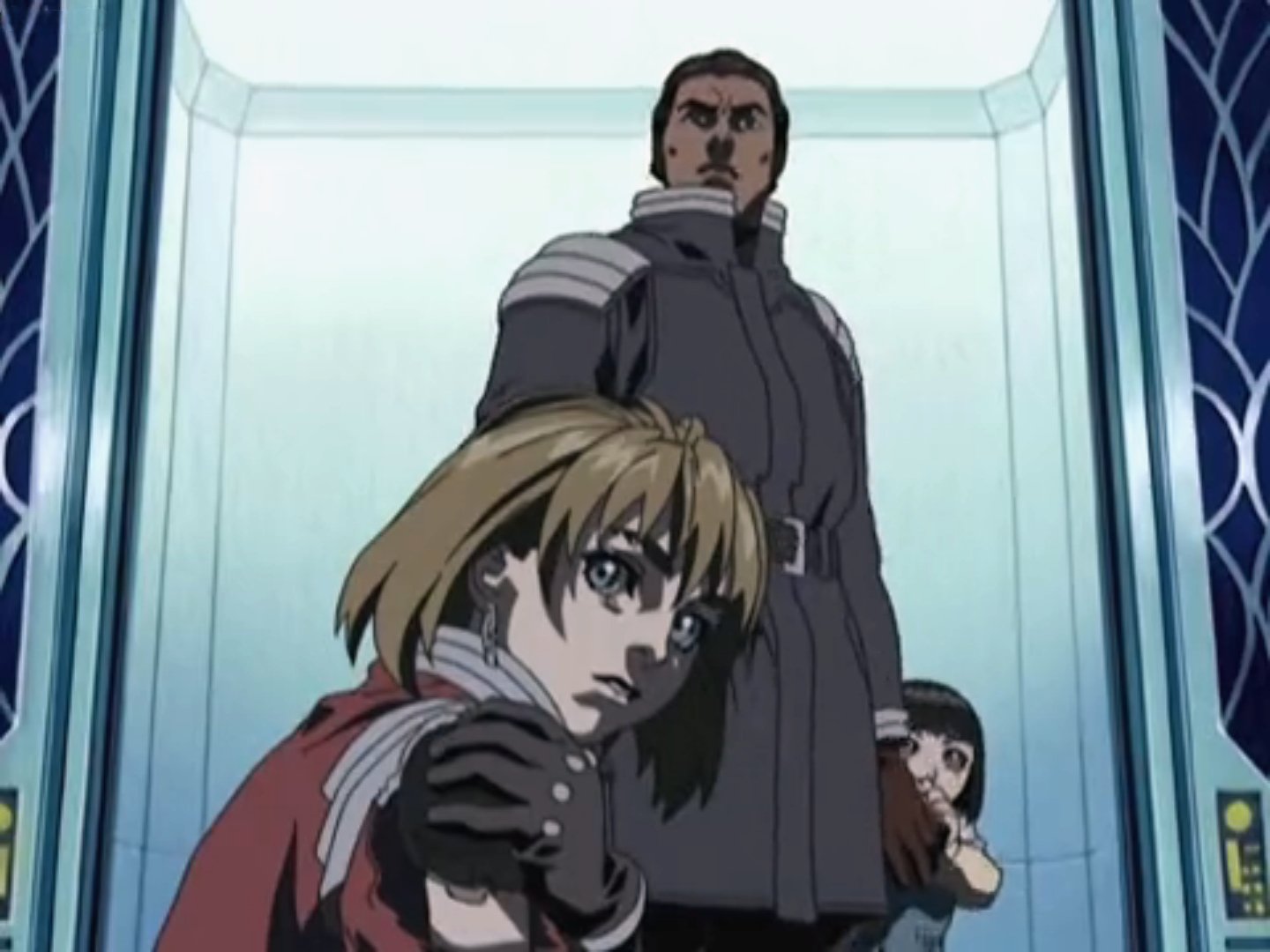
Please Like, Comment, Share or click one of the links below to read another post.
https://pinnedupink.com/blogs/random-thoughts-because-mondays-suck
https://pinnedupink.com/blogs/on-screen
https://pinnedupink.com/blogs/flashbacks
Image links: personal screencaps
